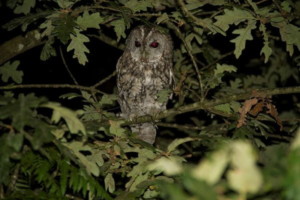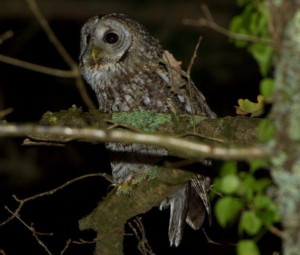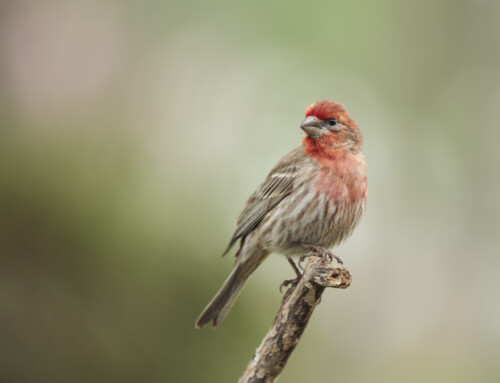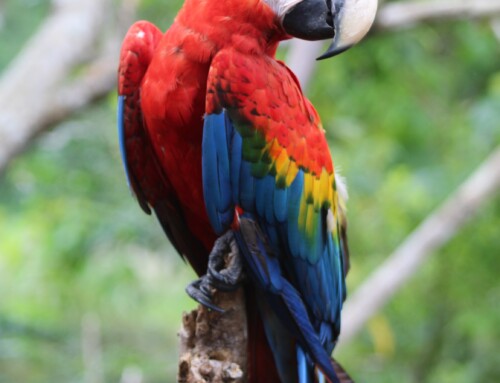LINKED PAPER
Factors affecting spontaneous vocal activity of Tawny Owls Strix aluco and implications for surveying large areas. Zuberogoitia, I. , Burgos, G. , González‐Oreja, J. A., Morant, J. , Martínez, J. E. and Zabala Albizua, J. 2019. IBIS. DOI: 10.1111/ibi.12684. VIEW
Censusing owls: spontaneous voices vs broadcast calls
Vocal activity has been largely used to obtain estimates of the distribution and abundance of owls. It is the best available method to obtain accurate data of this secretive nocturnal guild. Wildlife biologists normally use both spontaneous and elicited voices to census owls and nightjars, but during the last years controversy increased regarding the use of spontaneous or broadcast calls. Nowadays, although better results have been obtained by using broadcasting methods than simply registering spontaneous calls, several monitoring projects use this last method.
The main problem is that factors affecting spontaneous vocal behaviour are not normally considered in the census projects. Population density, annual cycle stage and environmental conditions are some of the factors that can modulate the vocal behaviour of a target population. Lack of information on vocal behaviour of the target species in large-scale surveys may result in large data sets with skewed data that require assumptions in order to be analysed. In reality, detection of a target species depends on (1) availability (i.e., the presence of the species in the surveyed area during the time of the survey); (2) cue production (i.e., whether an owl that was available vocalized during the survey), and (3) detectability (i.e., whether an owl that was available and vocalized during the survey was actually heard by the surveyor) (Kissling et al. 2010).
In this context, we developed a field study to test (1) how both intrinsic (species density, sex, and annual cycle stage) and extrinsic factors (i.e., weather) influenced the vocal activity of Tawny Owls, Strix aluco, and (2) quantify our ability to detect owls known to be present through spontaneous calls.
Tracking Tawny Owls
During two years (March 2013-June 2015) we trapped, radio-tagged and monitored 20 Tawny Owls in two areas of northern Spain (10 individuals per study area). We obtained accurate locations of each individual during 223 and 224 nights in each study area. In each survey we registered the vocal activity of the target owls and also their mates and neighbours and included data of the factors we consider may affect vocal behaviour (i.e. study area, annual cycle, sex, tracked status, wind, rainfall and temperature).

Figure 1 Tagged Tawny Owl perched on an oak. It is possible to see the antenna © Iñigo Zuberogoitia
How do factors affect vocal activity of Tawny Owls?
Our results showed that vocal activity of tawny owls was influenced by both intrinsic (sex and cycle stage) and extrinsic (weather) factors, but also was related to the tracked status of the owls (it was higher in tagged than in untagged owls).
Male owls were more vocal than females all year round. This result is not always so evident. For example, Sunde and BØlstad (2004) showed that males and females vocalized equally, and some other authors obtained similar results using playback methods, whereas others reported that females exhibited lower calling rates than males (Galeotti & Pavan 1993, Appleby et al. 1999, Zuberogoitia & Martínez 2000, Worthington-Hill & Conway 2017).
Tawny Owls showed two main peaks of vocal activity throughout the annual cycle, one during the ‘incubation’ period (including courtship, laying and incubation) when both sexes showed the highest vocal activity, and another during the ‘post-breeding’ period, during the dispersal of juveniles, probably related to the territorial defence and re-organization of the population.
 Figure 2 Untagged female Tawny Owl calling © Iñigo Zuberogoitia
Figure 2 Untagged female Tawny Owl calling © Iñigo Zuberogoitia
Weather conditions affected vocal activity of Tawny Owls, probably by affecting the ability of owls to hear each other and inhibiting the calling behaviour of some individuals (Morrell et al. 1991, Braga & Motta-Junior 2009). Wind and rain produce noise which also influences both detection and discrimination of bird voices by the receiver (Kissling et al. 2010). We showed how the probability of detecting the vocal activity of Tawny Owls fell in soft rain, and reached almost zero with rain values above an average of 0.3 l/m2 in 10 min intervals, whereas the reduction in detection probability was less pronounced in response to increasing wind speed.
Our results suggest that bias in detecting owls in poor weather is also caused by observer failures to detect owls. Our controlled surveys ensured short distances to tagged owls, which then increased detection rate of vocal activity, even soft, low volume calls, relative to that for untagged owls. Conversely, observers could not guarantee to approach untagged owls as closely so that these birds were more likely to be outside detection range when vocalizing.
Implications for the future
Our results have important implications for the design of future surveys to estimate the presence of Tawny Owls in large areas. It would be desirable to calibrate our estimates of the distribution and abundance of the studied species. We must consider that censuses based on spontaneous vocal activity may detect no more than ca. 12% of the true population even when the census is carried out in the best stage of the annual cycle (i.e., the ‘incubation period’), which in our case was around mid-April, and under good weather conditions (dry and calm nights). Moreover, we would need to adjust the error associated with the use of large numbers of non-experienced observers in any large-scale census. Observer ability to hear owl vocalizations is critical and must be considered an important factor when selecting personnel to develop field surveys.
Nominate this article for a BOU Science Communication Award.
References
Appleby, B.M., Yamaguchi, N., Johnson, P.J. & Macdonald, D.W. 1999. Sex-specific territorial responses in Tawny Owls Strix aluco. IBIS 141: 91-99. VIEW
Braga, A.C.R. & Motta-Junior, J.C. 2009. Weather conditions and moon phase influence on Tropical Screech Owl and Burrowing Owl detection by playback. In: Johnson, D.H., Van Nieuwenhuyse, D. & Duncan, J.R. (eds) Proc. Fourth World Owl Conf. Oct–Nov 2007, Groningen, The Netherlands. Ardea 97(4): 395–401. VIEW
Galeotti, P. & Pavan, G. 1993. Differential responses of territorial tawny owls Strix aluco to the hooting of neighbours and strangers. IBIS 135: 300–304. VIEW
Kissling, M. L., Lewis, S. B. & Pendleton, G. 2010. Factors influencing the detectability of forest owls in southeastern Alaska. Condor 112: 539–548. VIEW
Morrell, T.E., Yahner, R.H. & Harkness, W.L. 1991. Factors affecting detection of Great Horned Owls by using broadcast vocalizations. Wildl. Soc. Bull. 19: 481– 488. VIEW
Sunde, P. & Bølstad, M.S. 2004. A telemetry study of the social organization of a Tawny Owl population. J. Zool., Lond. 263: 65-76. VIEW
Worthington-Hill, J. & Conway, G. 2017. Tawny Owl Strix aluco response to call-broadcasting and implications for survey design. Bird Study 64 (2): 205-210. VIEW
Zuberogoitia, I. & Martínez, J.A. 2000. Methods for surveying Tawny Owl Strix aluco populations in large areas. Biota 1: 137-146. VIEW
Image credits
Featured image: Territorial Tawny Owl, Strix aluco © Iñigo Zuberogoitia




